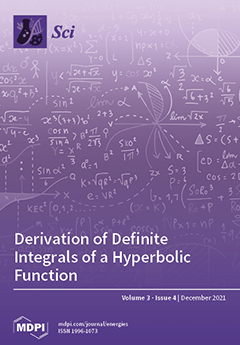Open AccessArticle
Association between Transcription Factor 7-like-2 Polymorphisms and Type 2 Diabetes Mellitus in a Ghanaian Population
by
Christian Obirikorang, Evans Asamoah Adu, Enoch Odame Anto, Emmanuel Acheampong, Lawrence Quaye, Brodrick Yeboah Amoah, Max Efui Annani-Akollor, Aaron Siaw Kwakye, Foster Fokuoh, Michael Appiah, Eric Nana Yaw Nyarko, Freeman Aidoo, Eric Adua, Ebenezer Afrifa-Yamoah, Lois Balmer and Wei Wang
Viewed by 2877
Abstract
Type 2 diabetes mellitus (T2DM) has been strongly associated with single nucleotide polymorphisms (SNPs) in the TCF7L2 gene. This study investigated the association between rs12255372, rs7903146 in the TCF7L2 gene and T2DM in a Ghanaian population. A case-control study design was used for
[...] Read more.
Type 2 diabetes mellitus (T2DM) has been strongly associated with single nucleotide polymorphisms (SNPs) in the TCF7L2 gene. This study investigated the association between rs12255372, rs7903146 in the TCF7L2 gene and T2DM in a Ghanaian population. A case-control study design was used for this study. A total of 106 T2DM patients and 110 control participants were selected. Basic data collected included body mass index, blood pressure and socio-demographics. Fasting blood samples were collected and processed for: serum lipid analysis, plasma glucose estimation and plasma HbA1c estimation. Parts of the whole blood samples were used for DNA extraction using a modified salting-out method. Common and allele-specific primers were designed for genotyping using the Modified Tetra-Primer Amplification assay. Associations were evaluated using logistic regression models. The rs7903146 risk variant was significantly associated with 2.16 vs. 4.06 increased odds for T2DM in patients <60 years vs. ≥60 years. Both rs7903146 and rs12255372 were significantly associated with increased odds of T2DM in women, overweight/obese, T2DM negative family history (T2DM-NFH) and low-HDL-C. In a multivariate model, rs7903146 but not rs12255372 was significantly associated with 2.18, 5.01 and 2.25 increased odds of T2DM, under the codominant, recessive and additive model, respectively (
p < 0.05). The association between rs7903146 and rs12255372 with T2DM is more highly associated in a subgroup—women and those with T2DM-NFH, yet who have cardiometabolic risk.
Full article




